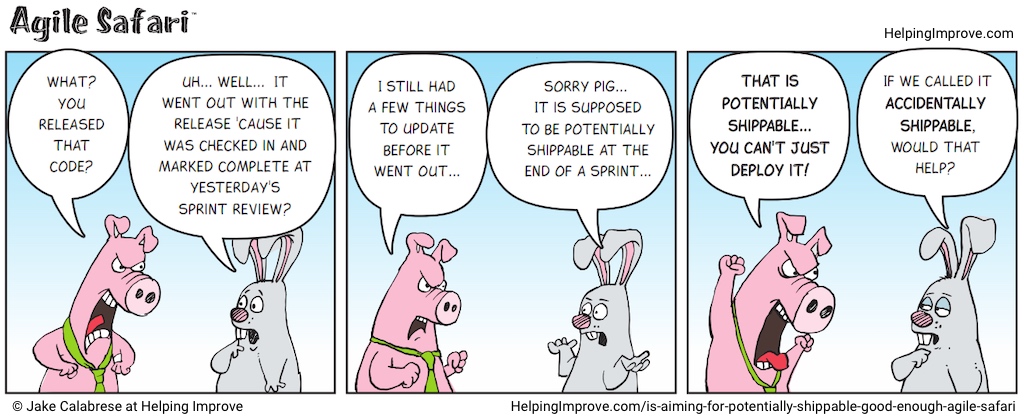
The most common question on any project is, “How long with this take?” This question isn’t too difficult to answer when the work is small – a few minutes to a few days. Problems start when someone wants an estimate for a chunk of work you can’t complete in just a few days. Requests for estimates like this come from a need to make higher-level planning decisions. But estimates aren’t the only way to make these decisions. Over the last fifteen years of working with agile teams, I’ve seen value in exploring estimation alternatives. Two, in particular, come to mind, the first of which I’ll describe here: Shifting conversations about estimating to budget discussions.










